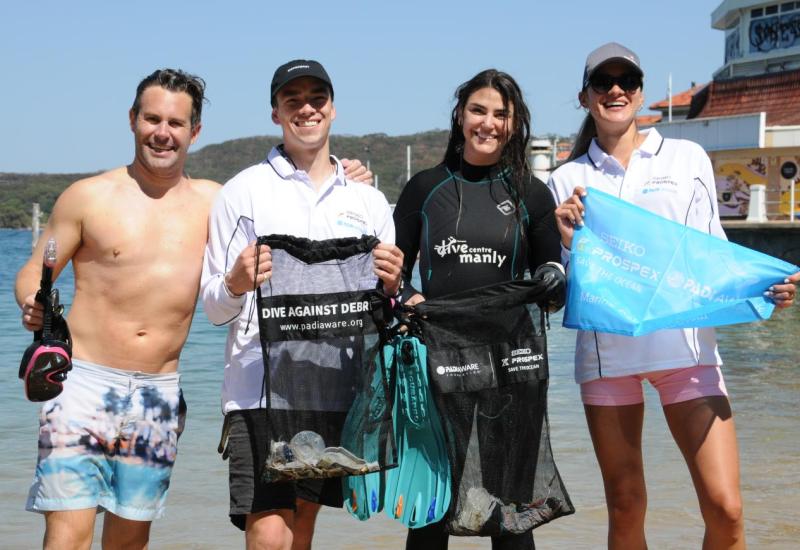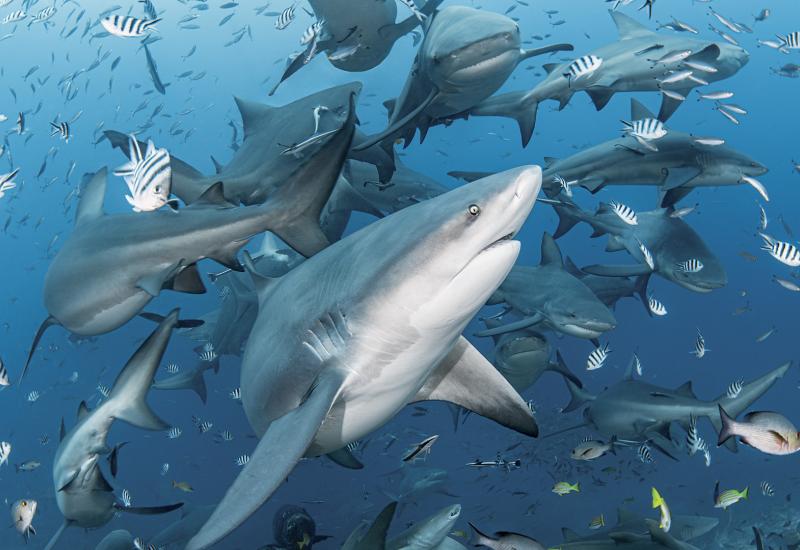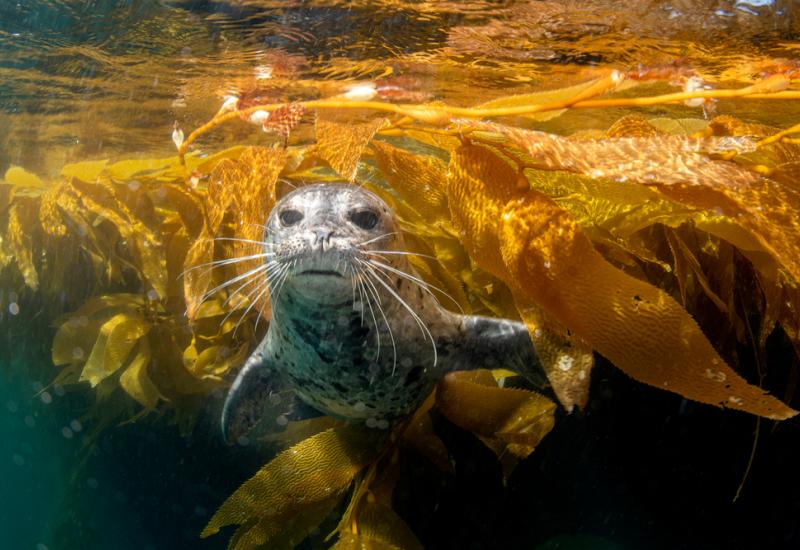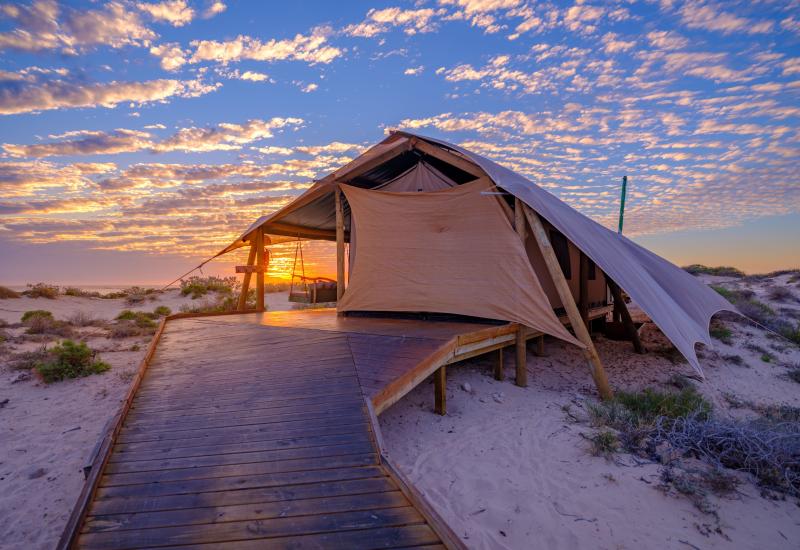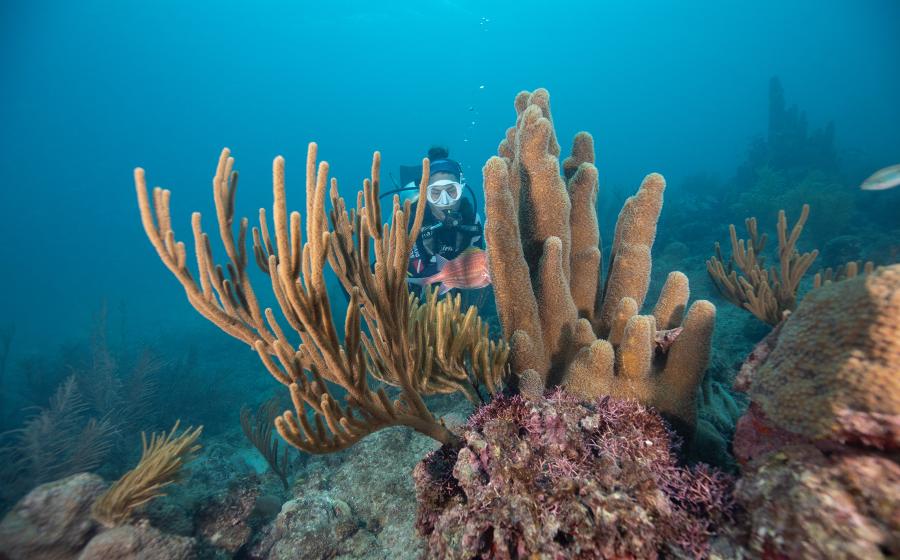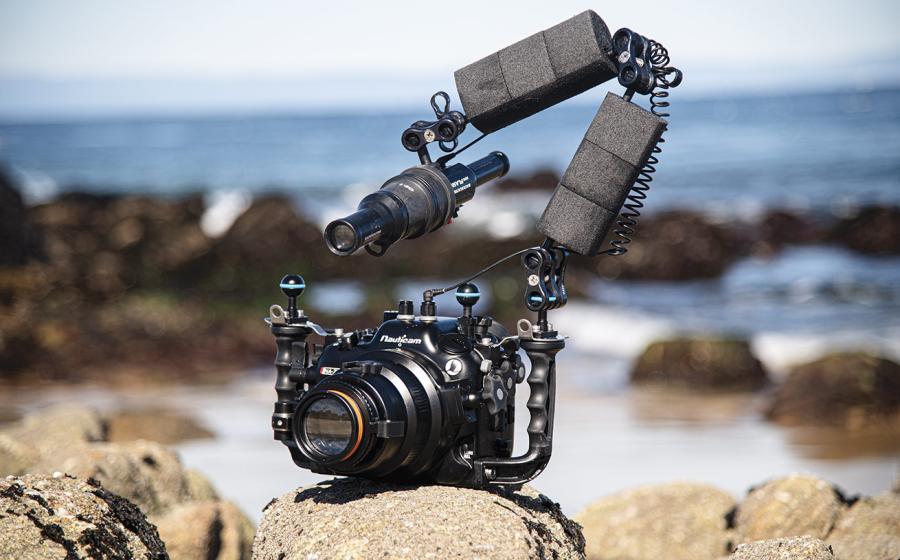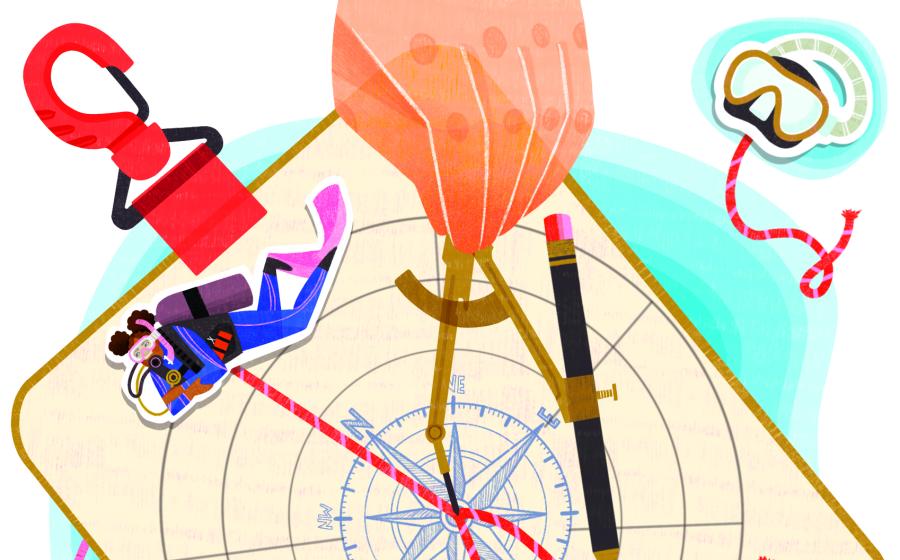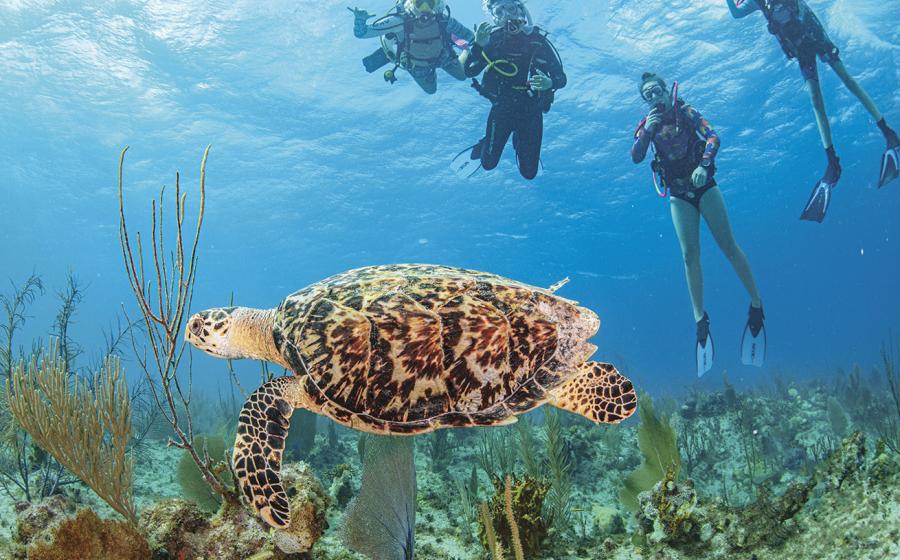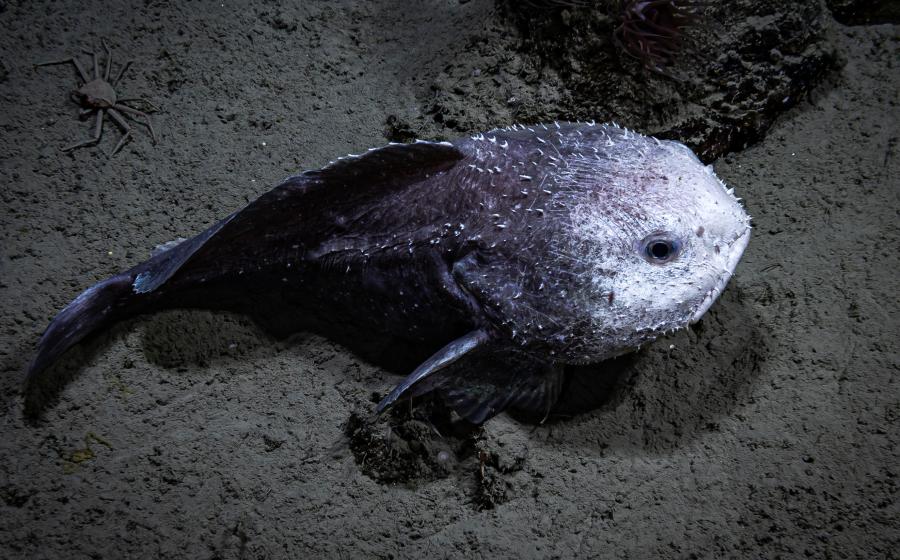How To Swim and Snorkel with Whales and Dolphins Responsibly
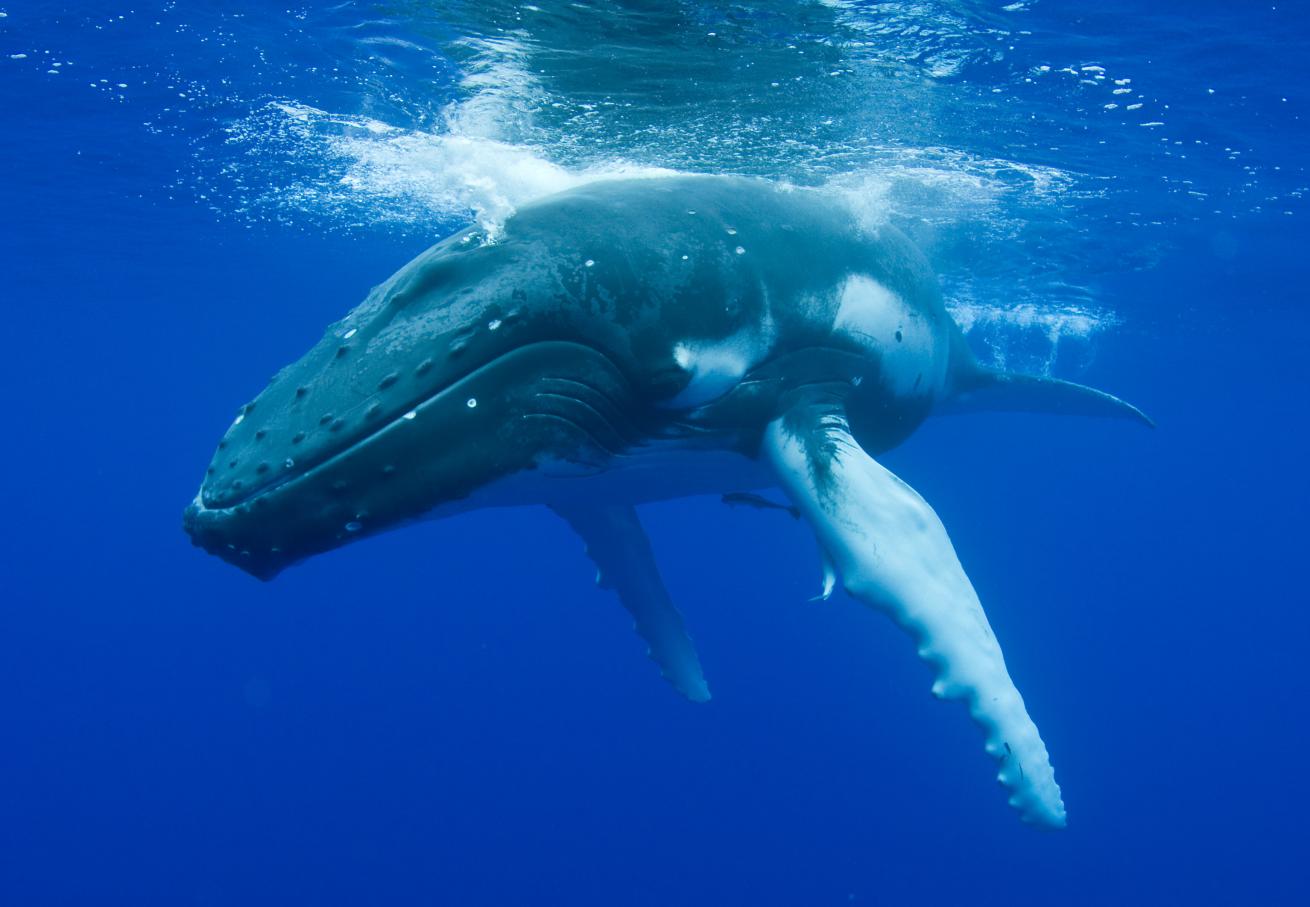
iStockHumpback whales can reach 50 feet in length and weigh nearly 80,000 pounds.
During a trip to Sri Lanka I was lucky enough to swim with blue whales, Bryde’s whales, spinner dolphins and orcas from aboard the Sri Lanka Aggressor. Sri Lanka is one of the world's rarest places — you can see the world's biggest land mammal, the elephant, and its largest marine mammal, the blue whale, in a single day.
On some days, the whales and dolphins were all around us, even cruising past the Aggressor liveaboard within yards. But as we celebrated each close encounter, I also fretted about how our presence might be impacting the whales and dolphins in the Indian Ocean.
A recent story in the UK’s Guardian newspaper relates reporter Emma Thomson’s experience swimming with humpback whales on Western Australia’s Ningaloo Reef, which is known for its whale shark encounters. The humpback whale itineraries are brand-new for Western Australia operators. The story is a lovely recounting of how frustrating it can be to find the whales, but how incredibly beautiful it is when you can get in the water with one.
Read about David Valencia's remarkable encounter with a humpback whale mother and calf in Mexico's Revillagigedo Archipelago.
Thomson’s story also outlines the strict Department of Parks and Wildlife rules governing the humpback whale encounters, and we at Sport Diver applaud them: only five visitors at a time in the water when the whales are present; they must keep a distance of 100 feet; swimming is not permitted with mothers and calves; boat captains can only make three attempts to get swimmers in the sea with the same pod. Following the licensed operators, Thomson reports, “is an independent research vessel with biologists onboard monitoring the behavior of the whales – breath rate and tail slaps for example – to determine if tourism is having a detrimental affect on their migration.”
On my Sri Lanka trip, our encounters were also monitored by the Sri Lankan Coast Guard. I was also accompanied by whale expert and underwater photographer Brandon Cole. I asked him about the importance of regulations to ensure the safety and well-being of whales. “It wasn't all that long ago when humpback whales and their brethren were being slaughtered wholesale by humans,” Brandon wrote me. “We almost succeeded in wiping many cetacean species completely off the face of our blue planet, forever. Every time I'm beneath the waves with these majestic creatures I'm reminded of that shameful past, and amazed that we are being given a second chance to appreciate the whales’ majesty. That understanding, and a deep-seated desire to be welcomed into their alien world with a friendly wave of a flipper or favored by a pass close enough to see the whale's wise eye staring back into mine, compels me to tread softly in their ponderous presence.”
How to Ensure Responsible Whale-Watching Encounters
• Book your trip with a responsible tour operator.
• Whether you've booked a day trip or a liveaboard, make sure an expert guide is on board.
• The boat captain should always approach whales slowly and from the side, never from the front or rear. The boat should never cross the whale's travel path. If there are multiple boats, they should follow behind the first boat, and should never "corral" the dolphins or whales. If your boat captain doesn't adhere to responsible practices, speak up.
• When you are in the water, never chase a whale or dolphin. If they're interested in sticking around, they will. Humpback whales are especially known for being social with snorkelers.
Visit NOAA’s website for a complete understanding of the Marine Mammal Protection Act. In other parts of the world, please follow the rules governing marine-mammal encounters. If there are none, take care to educate those around you.

